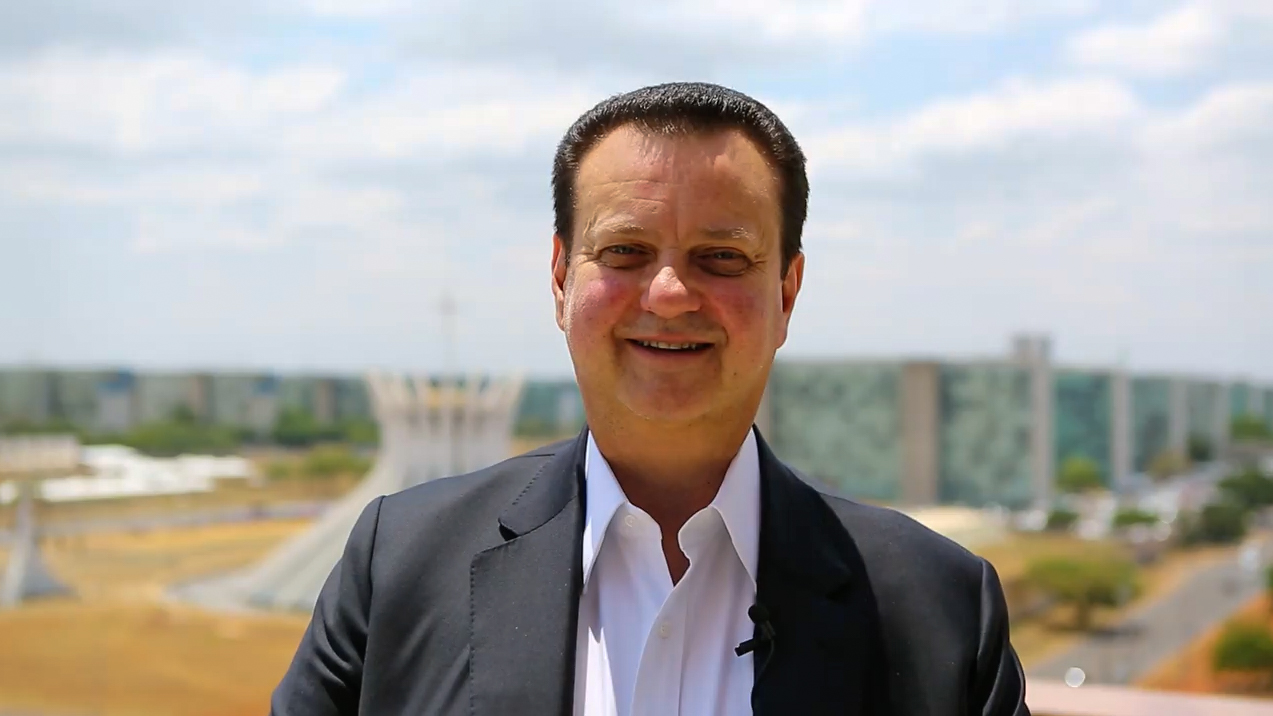Where Unemployment Stands in Latin America
Where Unemployment Stands in Latin America
Rather than the increase in unemployment, the shrinking labor force is the more worrying trend, per the ILO.
While Latin American governments battle the ongoing health crisis resulting from a resurgence in coronavirus cases, a crippled labor market awaits. As of September 2020, 30.1 million people were out of work, according to the International Labor Organization’s report, Panorama Laboral 2020: América Latina y el Caribe. That may only mark a 1.9 percent increase when compared to the first three quarters of 2019, but only looking at the unemployment rate obscures a larger problem: a 5.4 percent shrinking of the labor force. The latter is the more worrying trend, warns the UN agency, given that Latin America has long suffered from low productivity.
The pandemic has also led to a decrease in informal workers. While an economic recession typically pushes people from the formal to the informal sector, quarantines have restricted the overall circulation of people, leading to a reduction of informal workers in the eight countries in which the ILO studied this indicator. For example, Argentina witnessed the strongest drop (-10.7 percent) in informality in the second quarter of 2020, followed by Peru (-8.1percent) and Costa Rica (-6.6 percent).
All in all, 23 million Latin Americans stopped trying to gain employment in the first three quarters of 2020, which means the labor force amounts to only 57.2 percent of the region’s working-age population deemed to be employed or actively looking for work. If those who dropped out decide to return to the workforce, unemployment could jump from last year’s 10.6 percent to 11.2 percent in 2021.
AS/COA breaks down the unemployment and workforce participation rates by country.
The region’s recovery will be slow and depend in part on effective vaccine distribution and stable oil prices.









